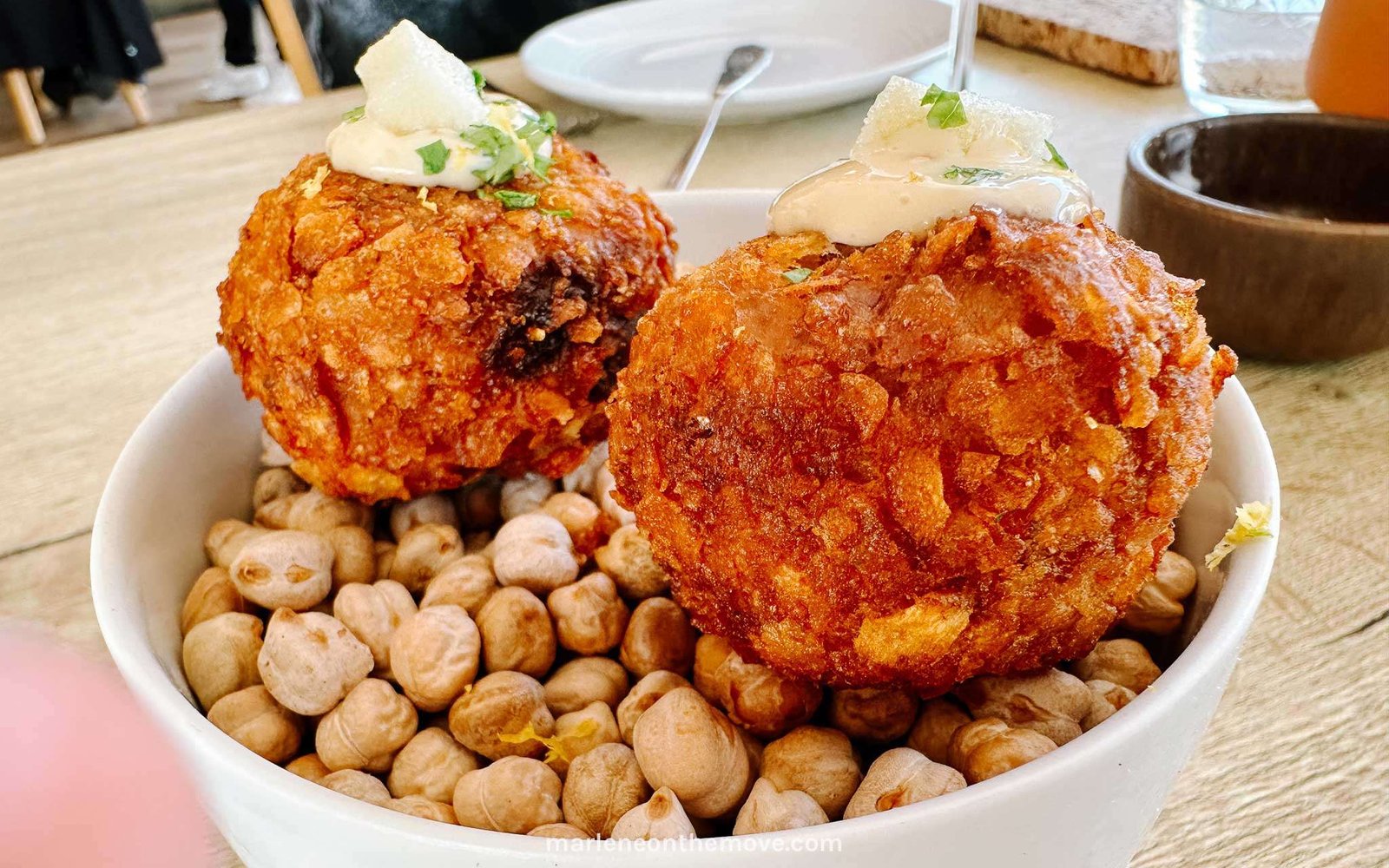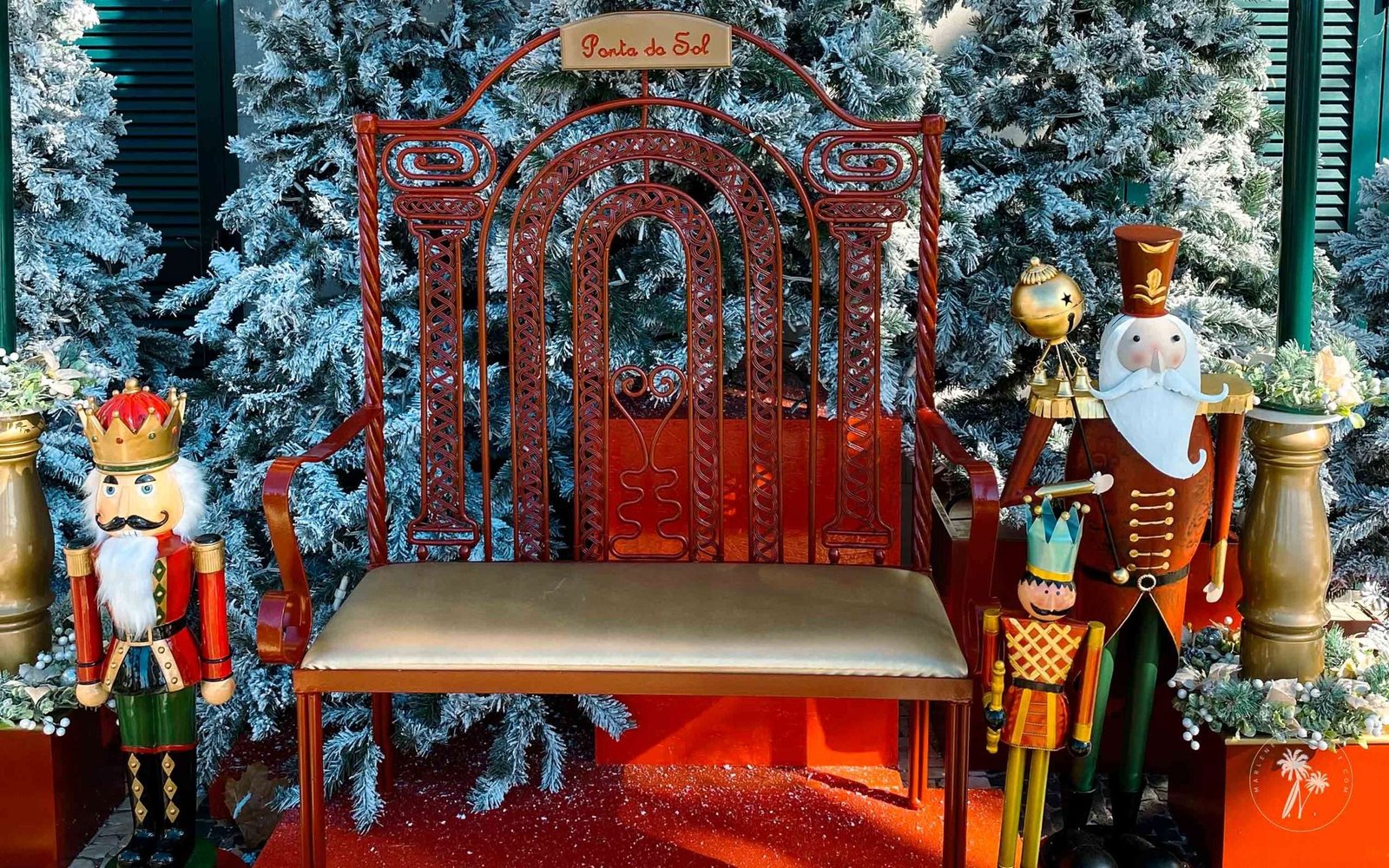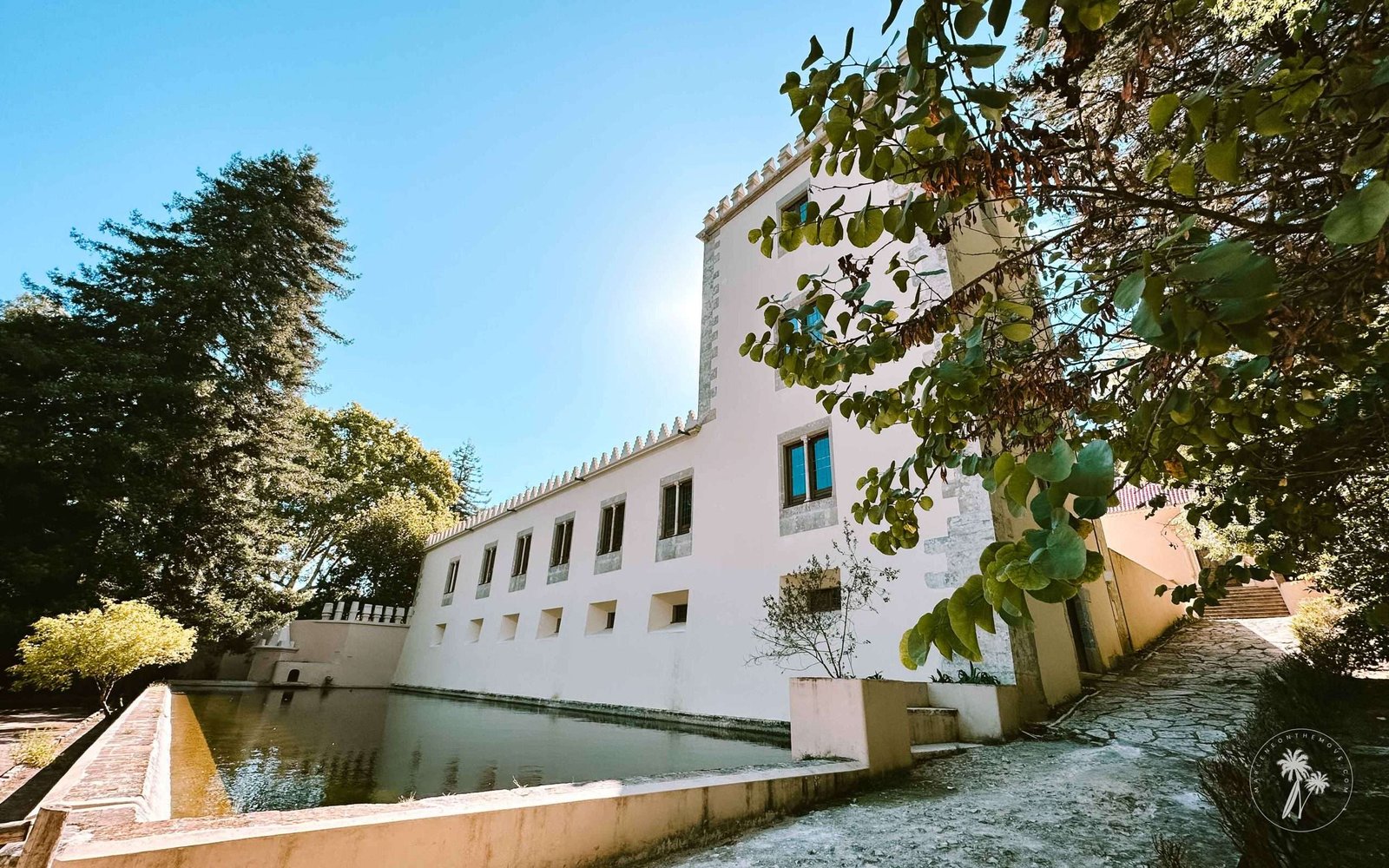
Picture this: a group of men and women huddle on the beach by the water. Their eyes are fixed on the waves while ropes move by their feet, pulled by a tractor further back.
Their faces, arms, and legs are heavily tanned. It’s the result of endless hours in the sun, a color that never fades and seems to come from generations past.
Next to them, a small crowd of passersby is gathering, attracted by the anticipation. They are watching one of Portugal’s most traditional forms of fishing: the arte xávega.
The past of arte xávega
I had heard of arte xávega before, but I came across it when I was traveling between the beaches of Tocha and Mira, preparing the itinerary about Lands of Gândara. With my feet in the sand and the seagulls crazily waiting to see what the net would bring, I, too, walked along the sand, circling the fishermen and seeing this ancient art put into practice.
In reality, arte xávega is a practice that dates back to ancient times when the civilizations of the Mediterranean used small boats and nets for fishing. With the Muslim occupation of the Iberian Peninsula, it became more widely known, spreading to Andalusia and the Algarve.
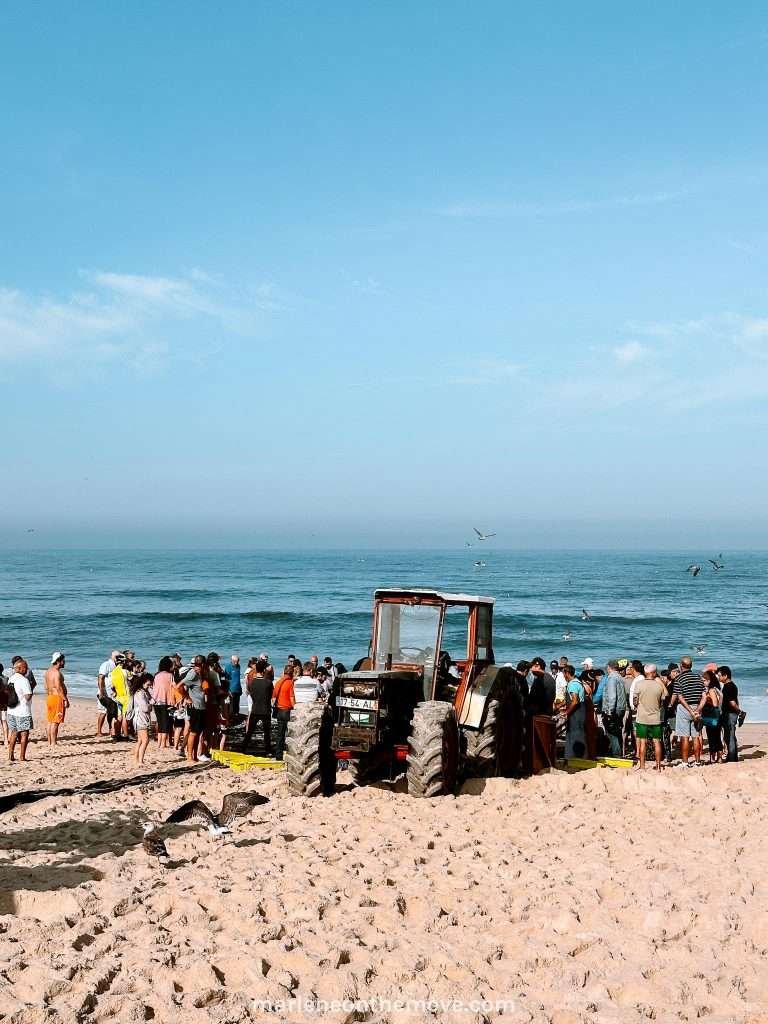
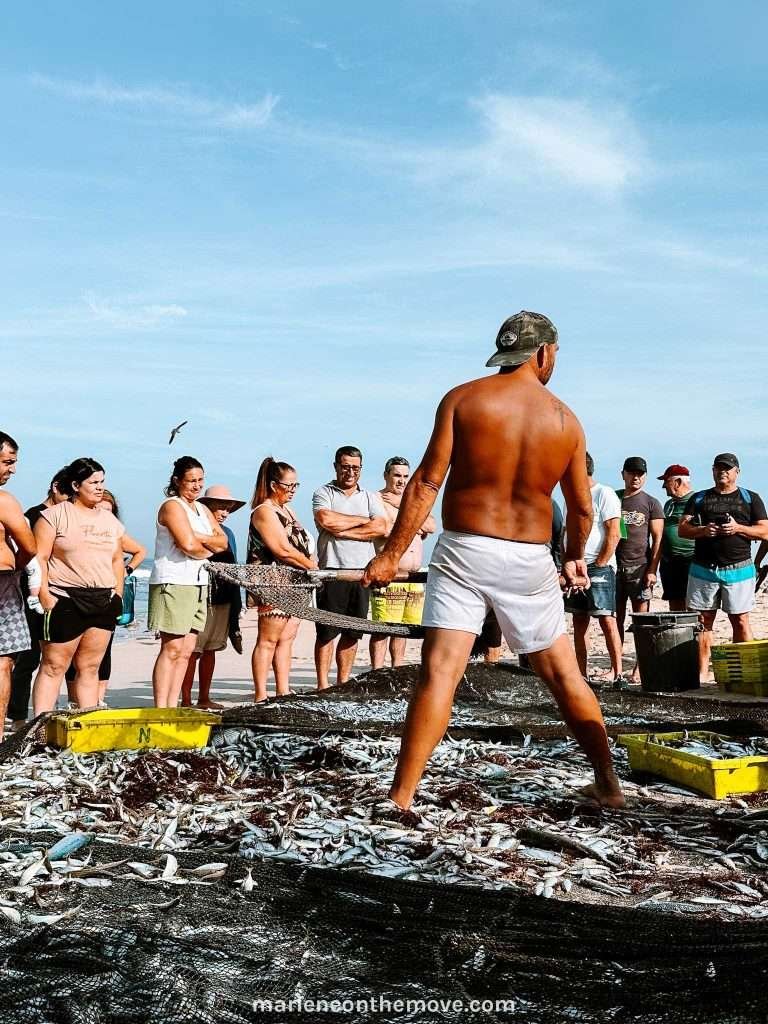
The best places to see arte xávega
The maneuvers involved in the arte xávega, both by the boats and the tractors, require sandy beaches, which the Portuguese coast has plenty of.
This fishing technique can still be seen on beaches such as Espinho, Vagos, Tocha, Vieira de Leiria, Mira, Fonte da Telha, Sesimbra, and Lagos.
Although the season for arte xávega runs from March to November, the best time to see it is in the summer, namely between June and August when the sea is calmer and there are sardines.
If you want to watch the whole process, go first thing in the morning, as the boats leave early to cast their nets.
When the fish arrive at the beach, they are sorted into lots, and that’s when you can buy them. You can talk to the fisherman in charge on some beaches, such as Mira, and buy directly. But in other places, you’ll have to go to the fish market and participate in the auction.
The most common fish are horse mackerel, mackerel, sardines, anchovies, and squid, but don’t be surprised if you see dogfish, rays, or sea bream in the net.
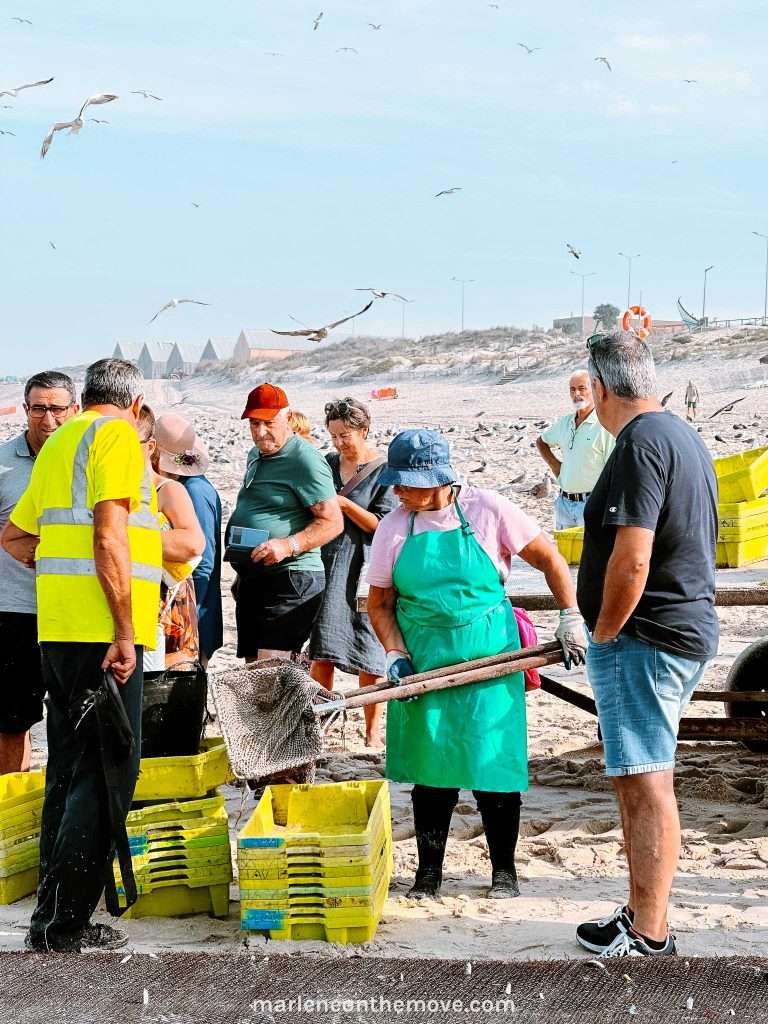
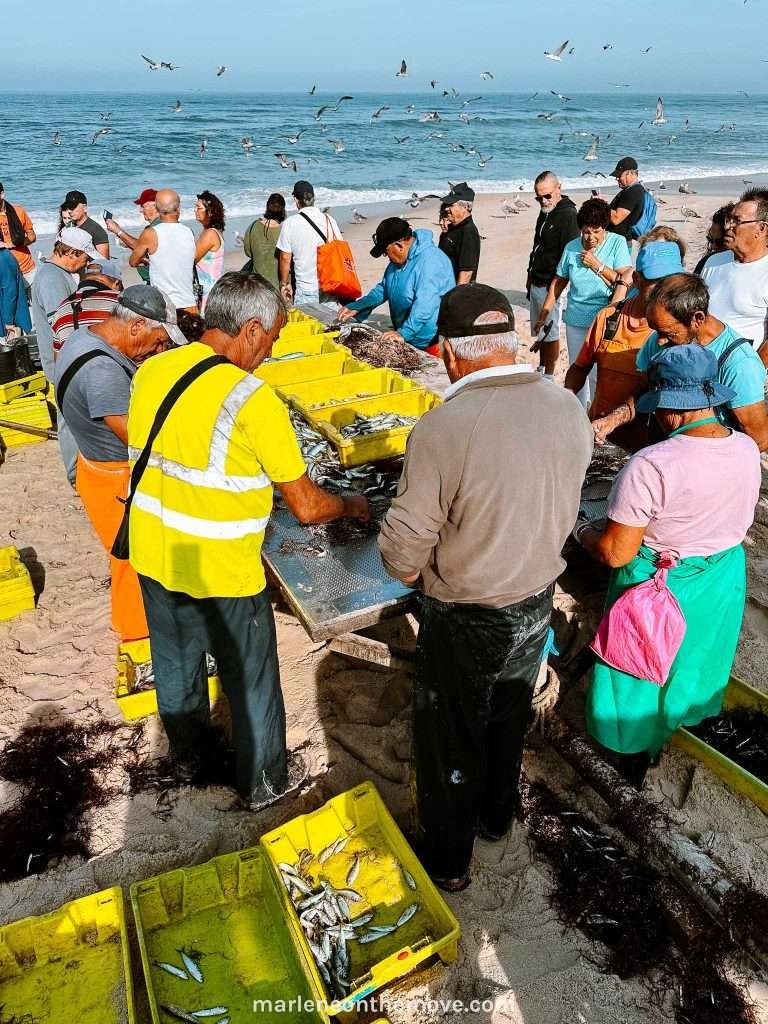
Challenges and controversies
Although the arte xávega is a long-standing tradition in Portugal and is still present in local fishing communities, some don’t look kindly on it.
It’s legal, but there are concerns about its sustainability.
The main problem is the need for selectivity in fishing. Trawling leads to the capture of small fish, damaging the development of specific populations and the marine ecosystem.
Over time, the number of boats and fishermen practicing xávega fishing has also decreased, which affects the quantity of fish caught and generates debates about its viability and environmental impact.
There are also those who complain about the condition of the beach after this activity, with the sand covered in fish debris and plastic waste.
These are challenges and controversies that require attention and action. Preserving tradition while protecting the environment is very important.
The Xávega Art Interpretation Center (CIAX) was inaugurated at Praia da Tocha, in Cantanhede, to protect this cultural heritage. This space documents several of its social memories and shows the value of artisanal fishing and its cultural importance.
Recognizing the preservation of arte xávega keeps this tradition alive and highlights its value to Portuguese cultural identity. Now, all that remains is to explore new ways of maintaining this connection between the community and the sea while preserving the ecosystems in which it operates.





